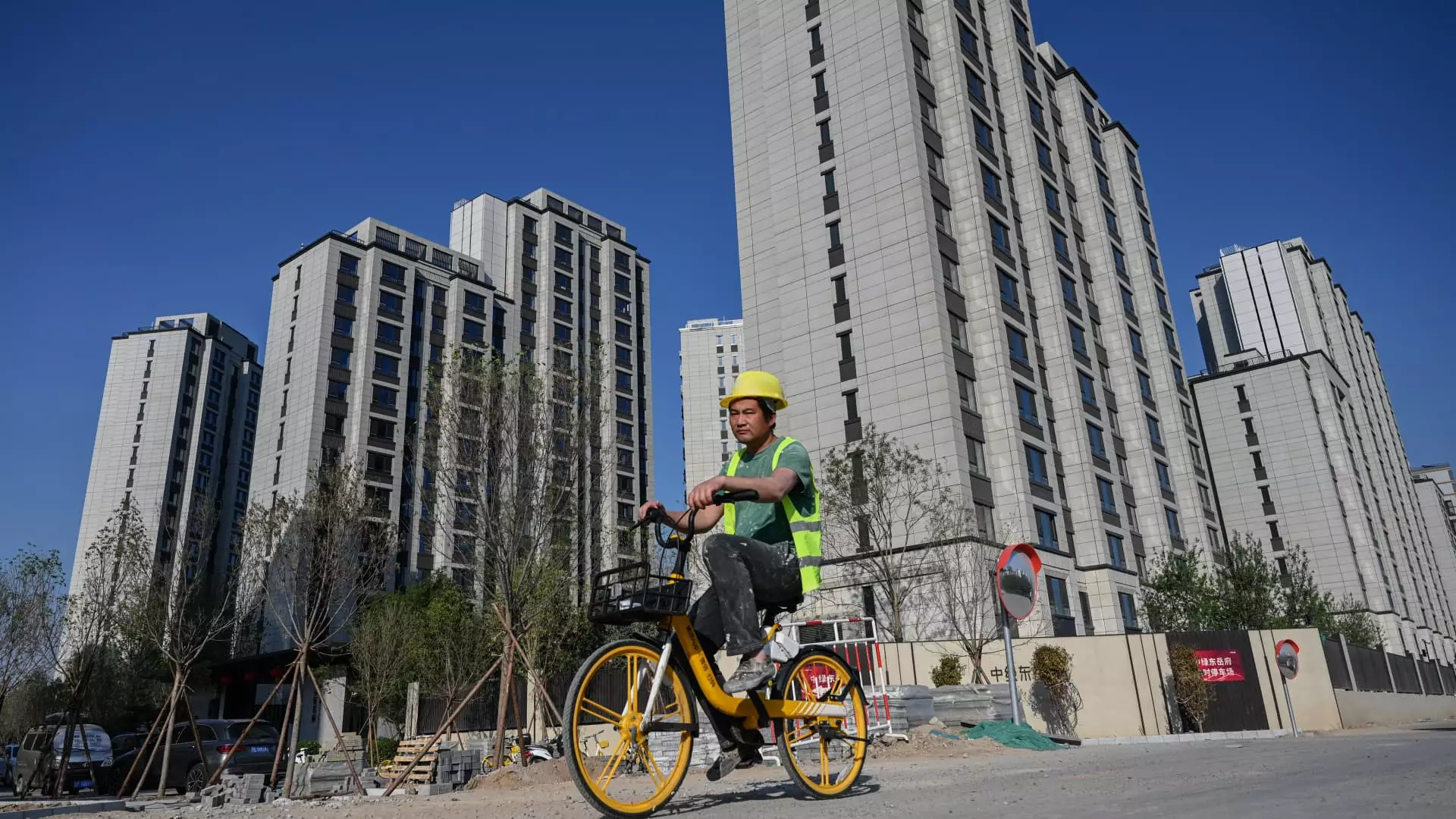The International Monetary Fund has revised its growth forecast for China for this year to 5%, up from the previous estimate of 4.6%. This revision is attributed to the robust first quarter figures and recent policy measures implemented by the Chinese government.
Looking ahead, the IMF anticipates China’s economy to expand by 4.5% in 2025, reflecting an increase from the initial forecast of 4.1%. However, by 2029, the growth rate is expected to slow down to 3.3% due to factors such as an aging population and a decline in productivity growth.
China’s economy experienced a better-than-expected growth rate of 5.3% in the first quarter, fueled by strong export numbers. Despite this positive trend, consumer spending in April remained lackluster while industrial activity showed signs of improvement.
The IMF has praised China’s recent policy actions to support the real estate sector, including measures to eliminate the floor on mortgage rates. However, the organization believes that more comprehensive steps are necessary to tackle the challenges faced by the housing market. IMF’s first deputy managing director, Gita Gopinath, emphasized the importance of mobilizing central government resources to protect buyers of unfinished homes and expedite the completion of such projects.
During her visit to China, Gopinath met with key officials from various government departments and emphasized the need for near-term macroeconomic policies to bolster domestic demand and mitigate risks. She underscored the significance of structural reforms to address underlying economic imbalances and counter prevailing challenges.
Chinese President Xi Jinping recently highlighted the importance of promoting “high-quality, sufficient employment,” with a particular emphasis on enhancing support policies for college graduates and young individuals. This directive aligns with the government’s objectives to foster a strong labor market and ensure sustainable economic development.
The International Monetary Fund’s revised growth forecast for China reflects a positive outlook for the country’s economy. While the current policy measures and economic performance are encouraging, continued efforts in structural reforms and targeted interventions will be essential to sustain long-term growth and address emerging challenges.

